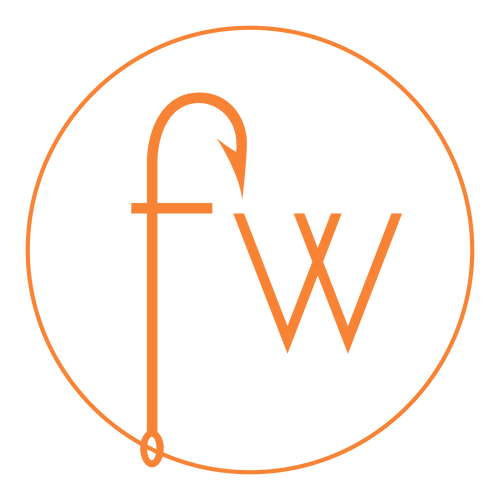There’s been much debate in recent times about fish farming versus wild caught salmon, and in terms of sustainability certainly the latter doesn’t seem to be too feasible in the future especially considering estimated population growth numbers of a further 2.7 billion of us in the next 35 years. Already, many of our waters have become overfished and many governments and fisheries have failed to regenerate what they’ve taken out. To quote Jacques Cousteau: “We must start using the sea as farmers instead of hunters”. As resources become more depleted the only real sustainable alternative has become fish farming.

In the past, fish farming has had a bad rep due to antibiotic use, cramped unsanitary conditions leading to the spread of diseases and the pellet feed used to rear the fish. But things have certainly come on leaps and bounds these days with many fish farms embracing new procedures, technologies and farming techniques. All this has ensured that the fish going to market have had healthy rearing conditions leading to a much better quality fish. The fact is that if the world is to meet future consumption, sustainable fish farming is the only real alternative and should be fully embraced.
At Fishwives we are careful about who we work with and in our partners we seek to align ourselves with people who have the same values towards antibiotic free farming. For a while, we have been working closely with Akaroa New Zealand sustainable fish farms to provide the best quality salmon to the Singaporean market. You can find out more about why we’ve chosen to work with the specific farm here. We have compiled some interesting facts about fish farming which might help set to rest any concerns you may have had in the past.
- Fish farms brings the source of food closer to the market. Fish farms can be built at most locations once permission has been granted by the relevant governing bodies and organisations, and this makes them scalable. In addition, fish farming can be done at a low environmental cost, as well as economical cost as the feed for fish incurs a low cost to the farmer.
- Many farms are following common agricultural livestock policies and reducing or eliminating completely the use of hormones and antibiotics, and ensuring that the quality of the fish feed is higher than ever before. Furthermore, many fish farms have moved away from the confined spaces for rearing used in the past that led to a great deal of sanitation problems and ultimately affected the health of the fish.
- Hand Feeding and using better quality feed that provides nutritional balance has also been widely adopted by many sustainable fish farms. Feeding by hand helps to observe and respond to the fishes needs better.
These days fish farms are continuously monitoring all aspects of product from mercury and metal levels through to water temperatures. There’s no question that fish farming is the only way to provide an essential source of protein for an ever growing problem, given that many of our oceans have been decimated by deep sea trawling.




